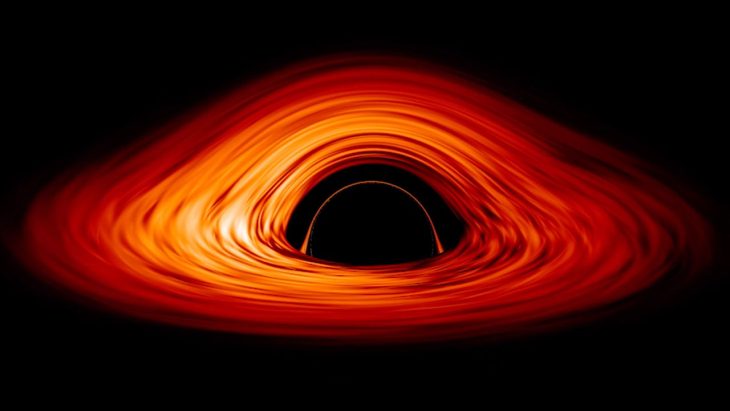The James Webb Telescope is now at its optimal cooling temperature, its mirrors calibrated and has its targets set. The flying observatory will look for evidence of the first black holes that formed after the birth of the universe and in its infancy. The telescope is currently in the final stages of commissioning science instruments before science operations begin.
Black holes have become the most enigmatic phenomenon in the universe. They are big, bad, and the worst is they are completely invisible. A black hole is a place in space where gravity is so strong that even light cannot escape its pull.
Scientists have long established the presence of a black hole at the center of every galaxy, including our own Milky Way. However, the puzzle of modern astronomy is how every large galaxy came to have a giant central black hole.
The James Webb Telescope, which aims to study the birth of our universe, the first seconds after the Big Bang, will have its eyes set on these early phenomena, when the first black holes were formed and their evolution over time.
Roberto Maiolino, a member of Webb’s science team, said that the most exciting area of discovery that Webb is about to open is the search for primeval black holes in the early universe. “These are the seeds of the much more massive black holes that astronomers have found in galactic nuclei. Most (probably all) galaxies host black holes at their centers, with masses ranging from millions to billions of times the mass of our Sun,” Maiolino said in a blog post for Nasa.
Scientists have recently discovered hyper-massive black holes, with masses of several billion solar masses, already in place when the universe was only about 700 million years old, a small fraction of its current age of 13.8 billion years. Astronomers speculate that these black holes were formed from the death of the very first generation of stars in the early universe.
Meanwhile, another scenario is that primeval, pristine gas clouds, not yet enriched by chemical elements heavier than helium, could directly collapse to form a black hole with a mass of a few hundred thousand solar masses.
“Webb is about to open a completely new discovery space in this area. It is possible that the first black hole seeds originally formed in the ‘baby universe’ just a few million years after the big bang. Webb is the perfect ‘time machine’ to learn about these primeval objects,” Roberto Maiolino said.
He added that Webb’s NIRSpec instrument is particularly well suited to identify primeval black hole seeds and that because of the time required for the light emitted by the galaxies to travel to us, we will see them as they were in the remote past.




